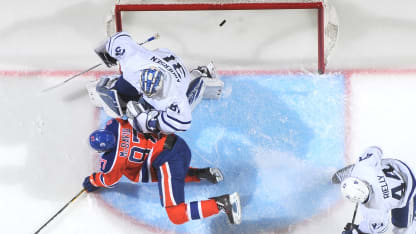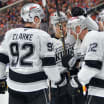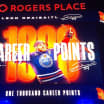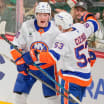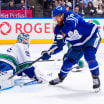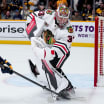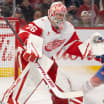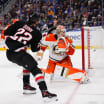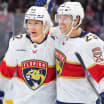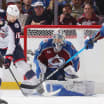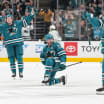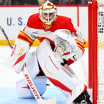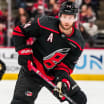Though most forwards and defensemen used to spend their summers focused on getting bigger, faster and stronger, many goaltenders have been working on position-specific training since the early 2000s. Every element of their game was broken down, not unlike a golfer examining his swing, using slow-motion and puck eye-view video to identify holes in coverage or delays in movements caused by either poor technique or biomechanical inefficiencies.
Forwards now are taking a similar approach, with players like Edmonton Oilers center Connor McDavid, who leads the NHL with 31 points (11 goals, 20 assists) in 24 games at age 19, focused on developing puck skills from a young age. Like the goalies before them, those skills are being broken down like never before, incorporating studies and sports physics into variables like hand placement.
"I definitely do a lot of that, and it's very important in today's game," McDavid said. "There's not much space out there, and you have to be able to do stuff almost in a phone booth. You've got to be able to play with a lot of speed while the puck is on your stick. A lot of guys get the puck and they want to slow down, and I don't think that's how you generate offense."
Fellow Oilers forward Ryan Nugent-Hopkins is only 23, but he can see a difference in the type of skill work being done by even younger players.
"Guys in Connor's age group are working on stuff from a young age and doing stuff that even I wasn't doing," Nugent-Hopkins said. "It's more focused on the actual specifics of stickhandling and shooting. When you start training stuff like that from a young age, it definitely translates when you get older and there are a lot of good players coming into the League."
